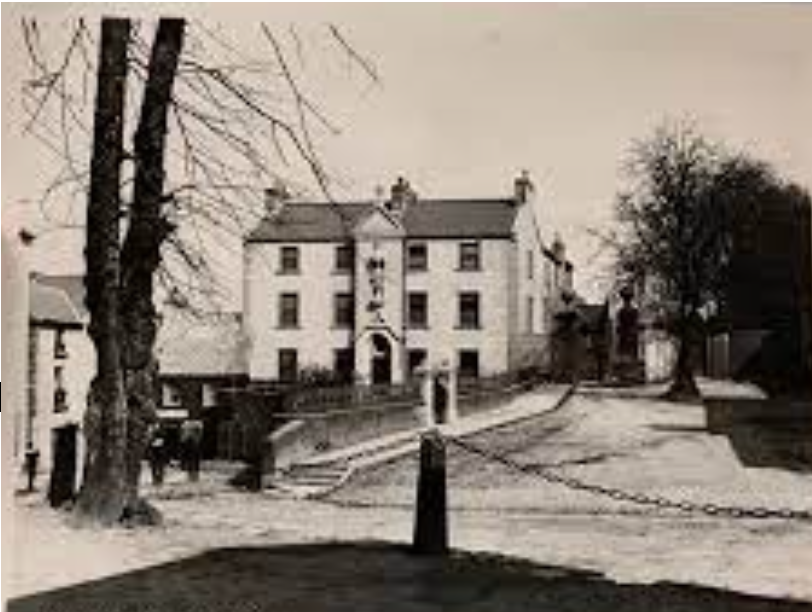Our History
St. Joseph’s is an all- girls Secondary School, founded by the Sisters of Mercy.
It is situated in the centre of Castlebar, built on the historical grounds of the former Lord Lucan. In January 1845, the P.P. Fr. Gibbons with a view to bringing the Sisters of Mercy to the town convened a public meeting in the local parish church. The Grove house where Miss Falkner now lives was secured as a temporary residence. In 1853, a little group of pioneer sisters bade farewell to their Alma Mater, St. Vincent’s Galway and arrived at Rock Square in the old lumbering stage coach. The house in Rock Square commonly known as Lord Lucan’s Bank was soon put in order.
Castlebar was but still struggling through the Great Famine. Tragedy, poverty, Malnutrition, illness and disease were rampant in 1853.
The work of the Sisters of Mercy was discharged. The Sisters visited the sick in the town and County Infirmary, which was located on the present fire station grounds – the mall, also the Inmates in the workhouse and prison (Co. Hospital). There were no benevolent societies then and great were the demands made upon the Sisters for the relief and consolation of the poor, sick and dying. Orphans were taken into Rock House and cared for by the Sisters. Three Sisters with Mother Mangan in charge opened a day and boarding school. Everything was done in the classroom to advance the children committed to their care. In the meantime Fr. Gibbons approached the third Earl of Lucan in order to purchase a site for a permanent convent, but the Earl was opposed to the idea.
The convent was built by 1853 and the foundation stone for the primary school was laid in that year. Five Sisters with Mother Tereasa White arrived from Galway in the same year. The pupils paid a penny each week, as the school was not under the National Board. The Sisters later established a private school for Post Primary pupils and all subjects were taught. There was also a special school where lace making was taught. The Secondary School was opened in 1918, and The Lawn, the private Demesne of the Earl of Lucan was acquired in 1924.
The offices at the back of Rock Square were quickly converted into temporary classrooms.
There the poor and the illiterate learn their education and adults were prepared for the sacraments. In addition the Sisters started a private school for the better off pupils and music, painting and languages were taught in addition to the ordinary subjects. Grove House in Charles Street was leased to the Sisters for this purpose. Boarders were looked after in the Pension School. The first great improvement the Community undertook was the building and furnishing of a Convent Chapel. Then a new National School was an urgent necessity and His grace Rev. Dr. Mc Evilly laid the foundation stone of the new building on the 10th September 1894 and St. Angela’s National School was officially blessed and opened on the 31st May 1897. Here the junior children of the town and country districts got a good education. A class was formed for the unemployed past pupils of the National School. Lace making was introduced. The class as one would expect was well attended.
The professionals sold their products in the London market and the amateurs sold to the Irish Lace Stores in Dublin. In the 1920’s the Sisters were able to devote their attention to a wider sphere in Education. The Old Primary School was renovated and equipped as a Secondary School and in 1917 it was registered under the Intermediate Board. In 1924 5th Earl of Lucan sold his residence and demesne to the Community. The Lodge was fitted up as an up to date boarding school – St. Joseph’s. The accommodation was not sufficient for the number of applicants requesting admission and a large wing was built to meet the requirements. A disastrous fore gutted the building in 1935, but it was rebuilt still retaining its original architectural beauty. The Boarding school was closed in 1974 and the building is now the Secondary School. A large extension has been built and in use since 1982.
Today the school accommodates almost 600 students and has a teaching staff in excess of forty. Plans for a further extension to provide full facilities to cater for the increased numbers are being discussed.



